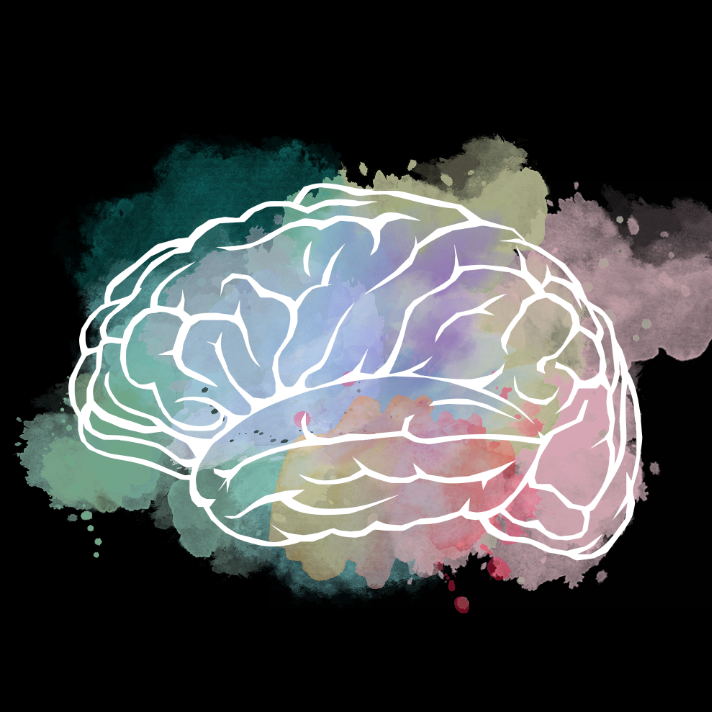Overwhelm:
Getting Better at Drowning
I’ve found that the word overwhelm refers to a particular experience, psychologically. It’s not quite the same as feeling anxious or down, not quite the same as exhaustion or burnout. It has ties to all of these. It has definitions like “to bury or drown beneath a huge mass” or “to defeat completely”. That’s pretty intense for a word we use somewhat regularly.
In my experience, overwhelm is a state we enter when we’re stuck in survival mode: marching through life without thinking about much more than the next thing that needs done. It’s the feeling of putting out fires or keeping your head above water. It’s unsustainable, and dissociative. Meaning, either a solution needs to be found, or a breaking point is coming. The more practice we get, the longer we can hold out. But no one can remain in this kind of state forever. Which means overwhelm is something of a precursor or symptom of burnout (though burnout can happen without it).
It’s also much more common in people with neuro-diverse characteristics or strong people-pleasing tendencies. We live in a culture that teaches us to give our all to everything, 110%. We are surrounded by unrealistic expectations. That situation only worsens when we have characteristics that aren’t being accommodated or we are unable to protect our boundaries. And because we are all wired to internalize the messaging we are exposed to, no one escapes completely.
Managing overwhelm means, first and foremost, accepting that we can’t control when or how it happens. We don’t get to choose when life unloads on us. And we don’t get to choose when our minds or bodies need a break. It is extremely frustrating to be honest with ourselves about our limitations in a world that is constantly pushing us beyond them. But this honesty is your most powerful tool. We can’t stop ourselves drowing if we refuse to acknowledge that we’re under the water.
Below is an exercise that I have used myself, and with many clients, to help get to know our overwhelm and manage it. This exercise was originally created by Louisa Larocque (HBA, MSW, RSW), and expanded on by myself. The idea is to break overwhelm up into levels, mild, medium, and high, and brainstorming a list of symptoms of signs that represent each. Then including a list of self-care ideas to use at each level. Keep in mind: some self-care activities are more effective or less realistic (due to exhaustion or other issues) at different levels. The mild category is the hardest to fill in because it’s become so normalized for most people that it is hard to differentiate from a neutral base. This exercise was originally meant for neuro-diverse people, but it can be used by anyone. I’ve also included a list of symptoms and self-care ideas to read through and boost the brainstorming. I encourage you to read through it, as some of them might surprise you. Once the document is filled out it can work as a daily guidance for self-check-ins or a resource used as needed.
Examples of signs to look out for:
Tension, pressure, pain, discomfort, tightness, temperature in stomach, chest, throat, head or limbs
Feelings of restlessness, irritability, anxiety, sense of urgency
Fidgeting, stimming, repetitive behaviors, soothing tendencies
Headaches, brain fog, pressure, dizziness, disconnected or dissociated, numbness
Stress yawning, low energy, tiredness, tired eyes, grogginess, fatigue, exhaustion
Changes in interactions with friends, family, coworkers, etc.
Changes in productivity, motivation, focus, ease of completing tasks
Less enjoyment of certain activities
Changed or disrupted sleep, changes in dreams
Cold or flu symptoms (stomach, coughing, sore throat, etc.)
Difficulty verbalizing, communicating, responding to text messages
Hyperfocus or hyperfixation
Dysregulation, mood swings, stress, hyper-emotional
Difficulty tracking thoughts, gaining clarity in thoughts, problem solving, groundedness
Difficulty tracking the environment: time, places, people, tasks, etc.
Feeling trapped, stuck, afraid (without a clear reason), paralyzed
Burnout symptoms or lack of boundaries
*Sometimes overwhelm symptoms come after a delay, so you may feel alright after an overwhelming experience but not the next day
Examples of Self Care
Sensory: removing sensory sources or replacing with positive sensory
Consider light, sound, smell, touch, taste, temperature
Close blinds, shut off lights, take a bath in the dark, music, aromatherapy, comfort food and drinks, compression bands, lying on your stomach, weighted blankets, burrito blanket, change clothes
Special interests: engage with activities that are easy to focus on and rejuvenate you
Emersment: TV, movies, books, podcasts, audio books, art, etc.
Breathing and grounding exercises: anti-anxiety exercises, mindfulness, meditation, journalling, self-compassion exercises
Environment: change of scenery, cleaning the space your in, leaving for somewhere safer or less overstimulating,
Alone time, reflection time, or time with a person you trust, texting or a phone call if in-person interactions feel too overwhelming
Giving yourself permission to fidget or stim, or moving to a place where you can do so privately
Blog posts like this one:
Autism - Am I Allowed to Call Myself Autistic?
Short answer: Yes. Gatekeeping has become a normalized part of any community, but often it’s those people who don’t identify with a label…
Intelligence: What It Is and What It Isn’t
There are a lot of inconsistencies and gaps in the way we talk about and react to intelligence in our culture…
Energy - Physical, Mental, and Emotional Fatigue
Low energy that doesn’t seem to have a reason or solution can be frustrating, and have drastic impacts on mental health…





